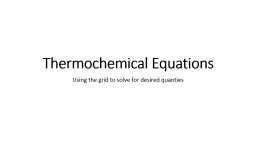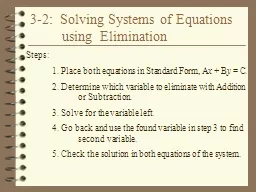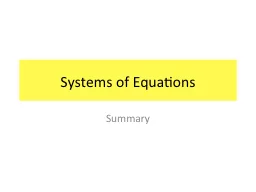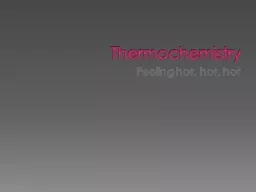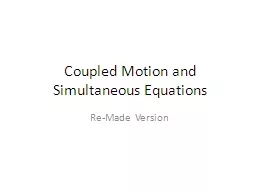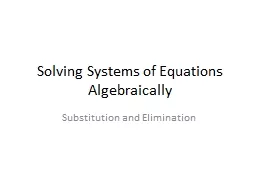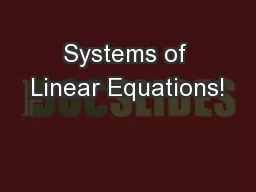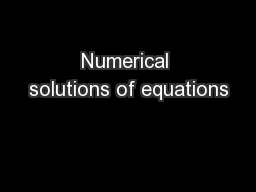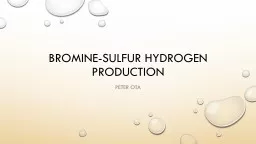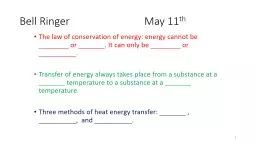PPT-Thermochemical Equations
Author : lois-ondreau | Published Date : 2018-01-10
Using the grid to solve for desired quanties Recap An exothermic change is a reaction that releases energy energy can be thought of as a product An endothermic
Presentation Embed Code
Download Presentation
Download Presentation The PPT/PDF document "Thermochemical Equations" is the property of its rightful owner. Permission is granted to download and print the materials on this website for personal, non-commercial use only, and to display it on your personal computer provided you do not modify the materials and that you retain all copyright notices contained in the materials. By downloading content from our website, you accept the terms of this agreement.
Thermochemical Equations: Transcript
Download Rules Of Document
"Thermochemical Equations"The content belongs to its owner. You may download and print it for personal use, without modification, and keep all copyright notices. By downloading, you agree to these terms.
Related Documents

